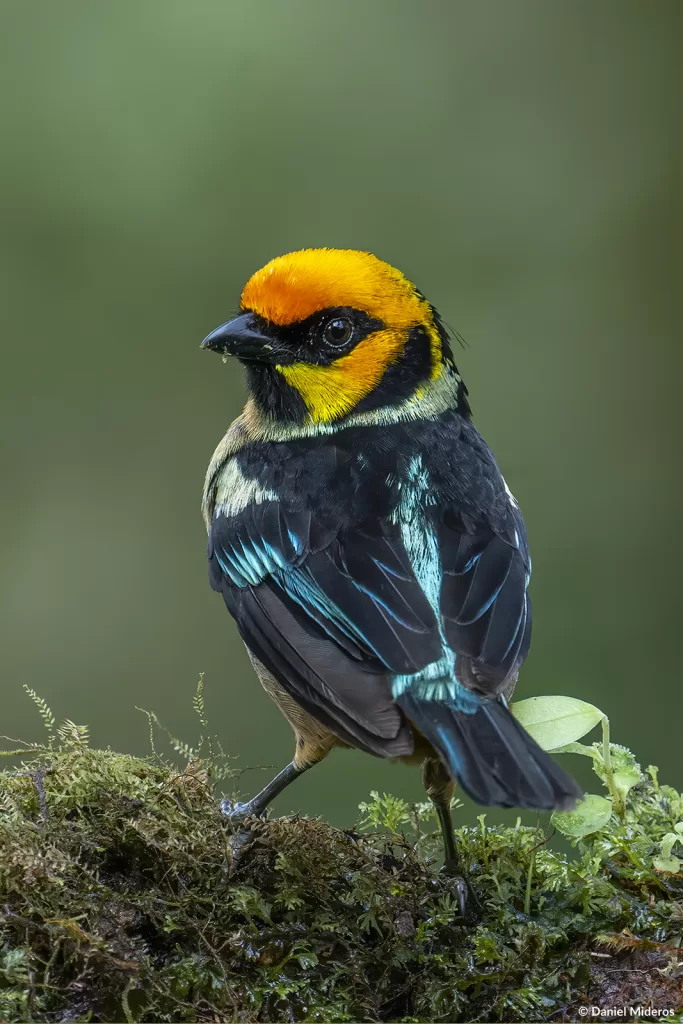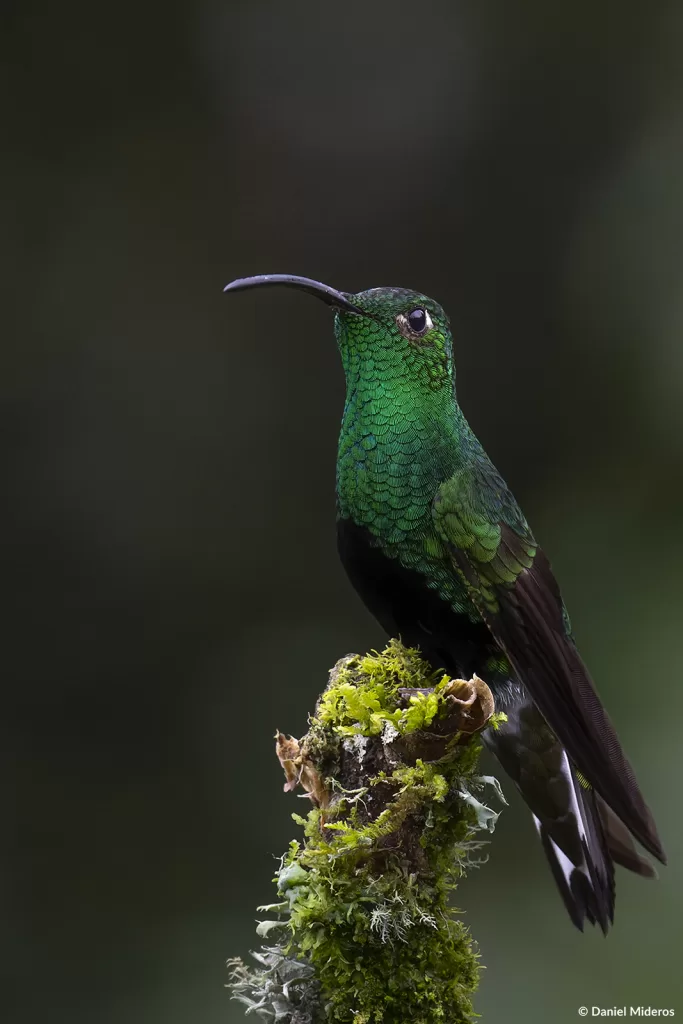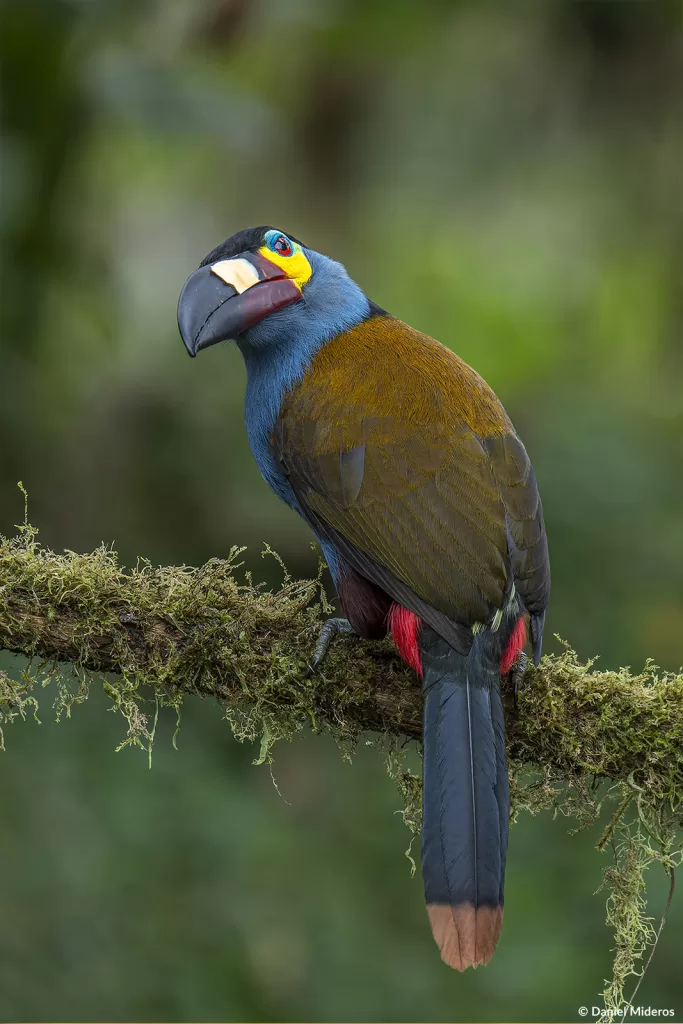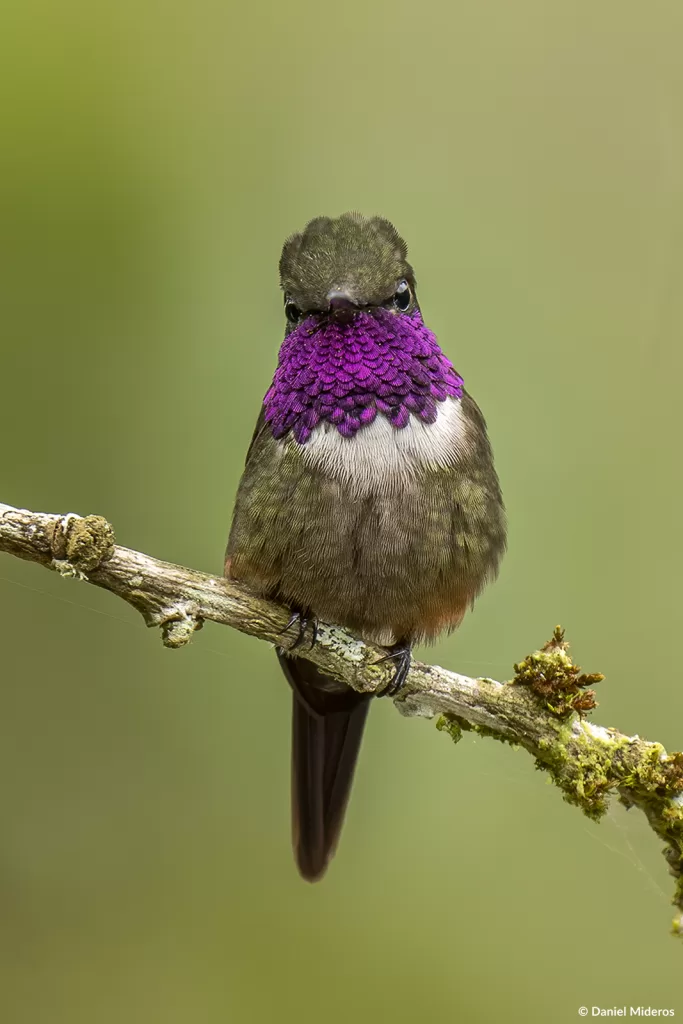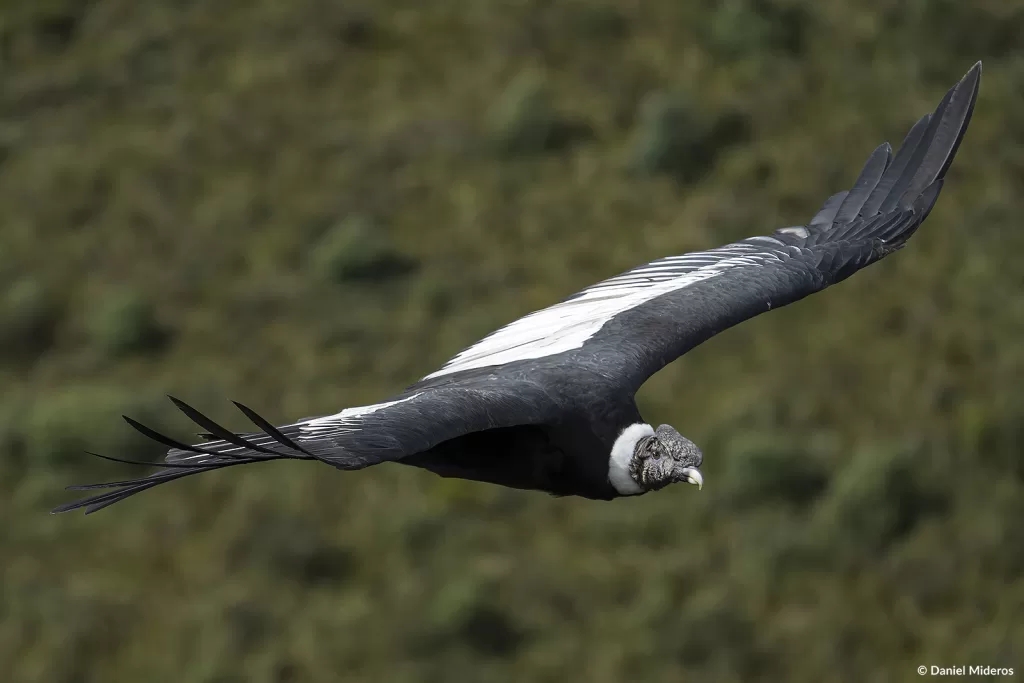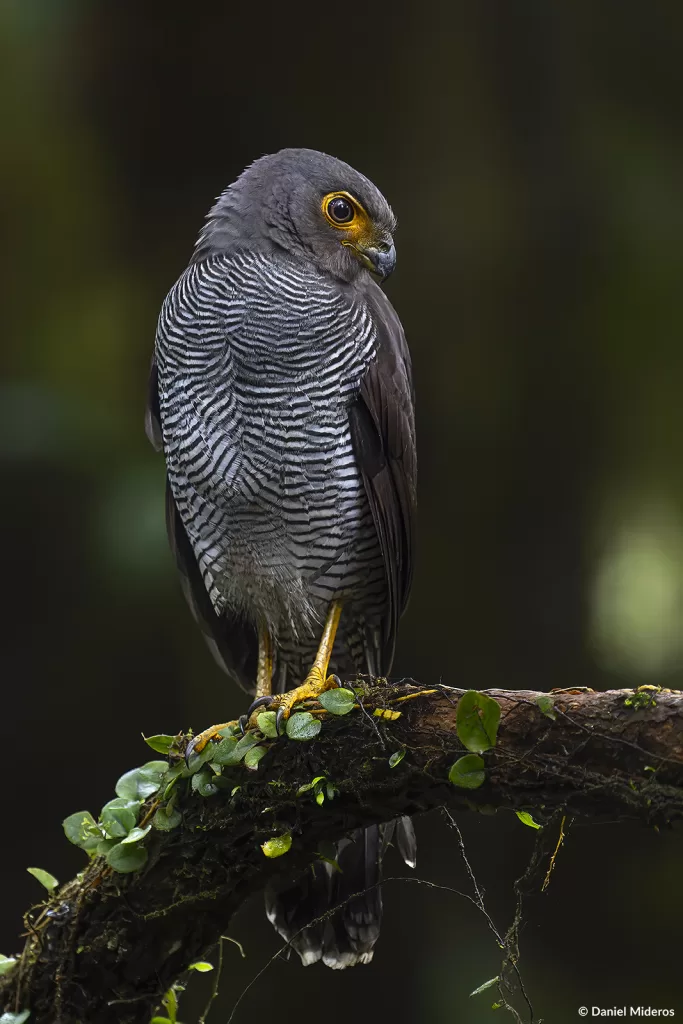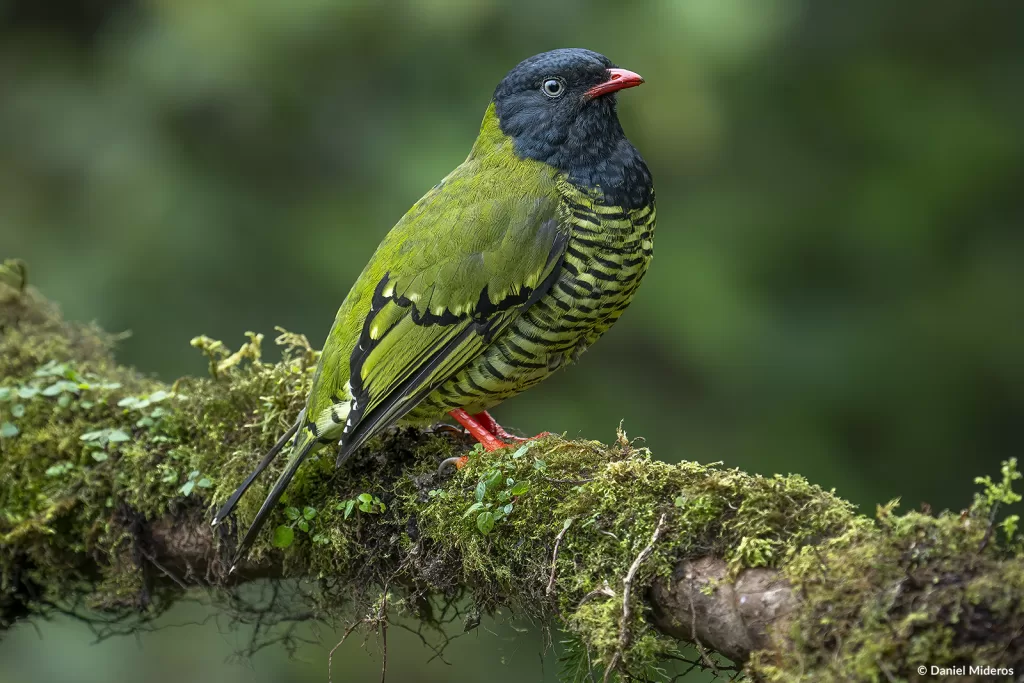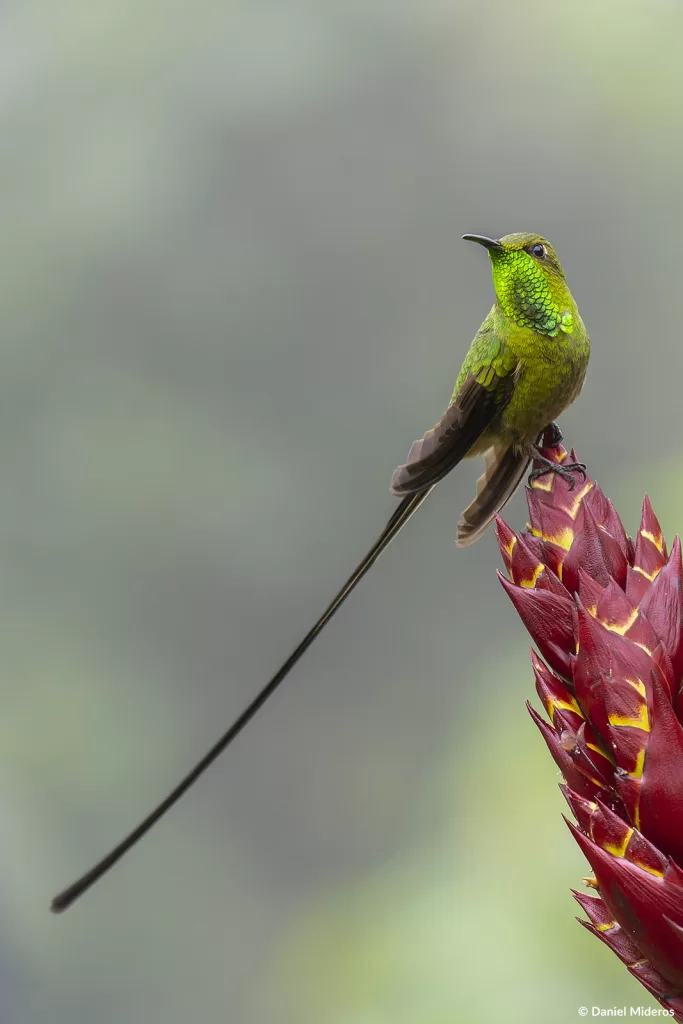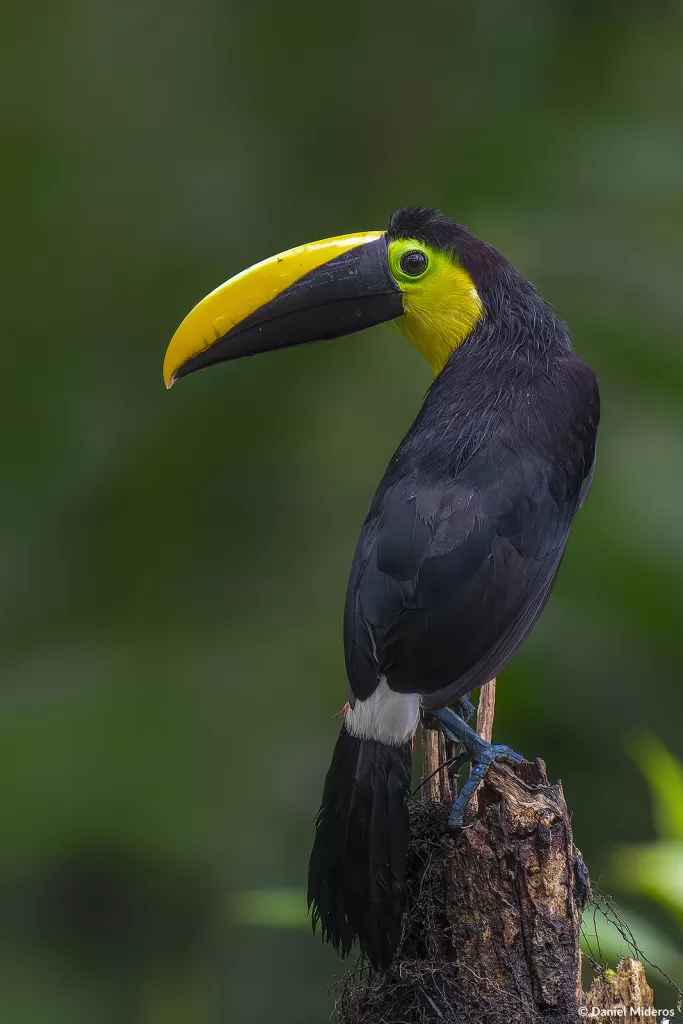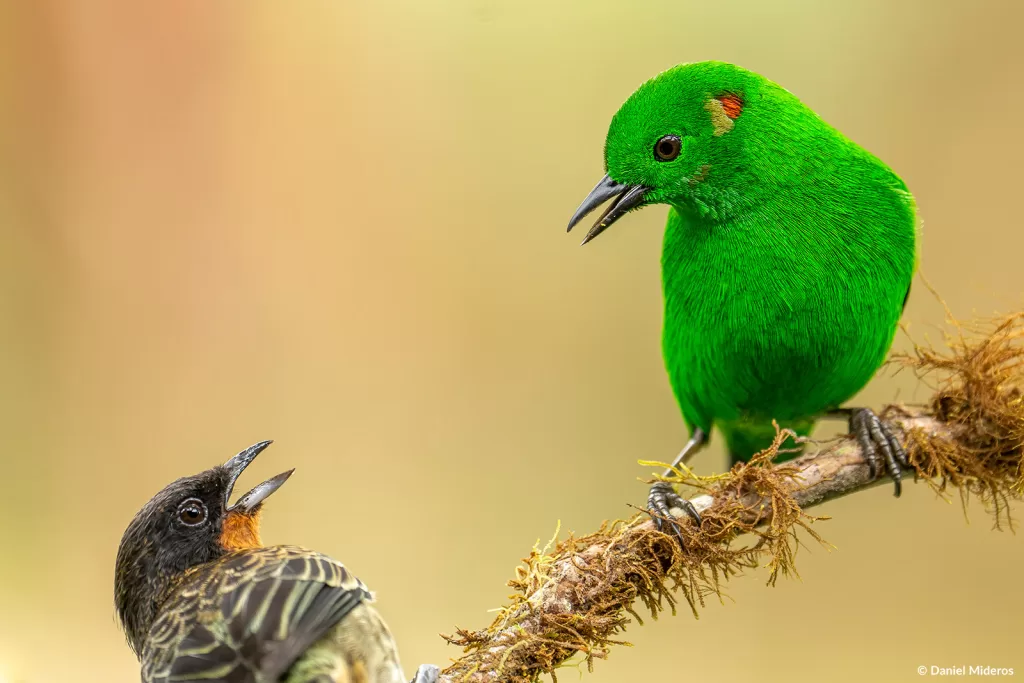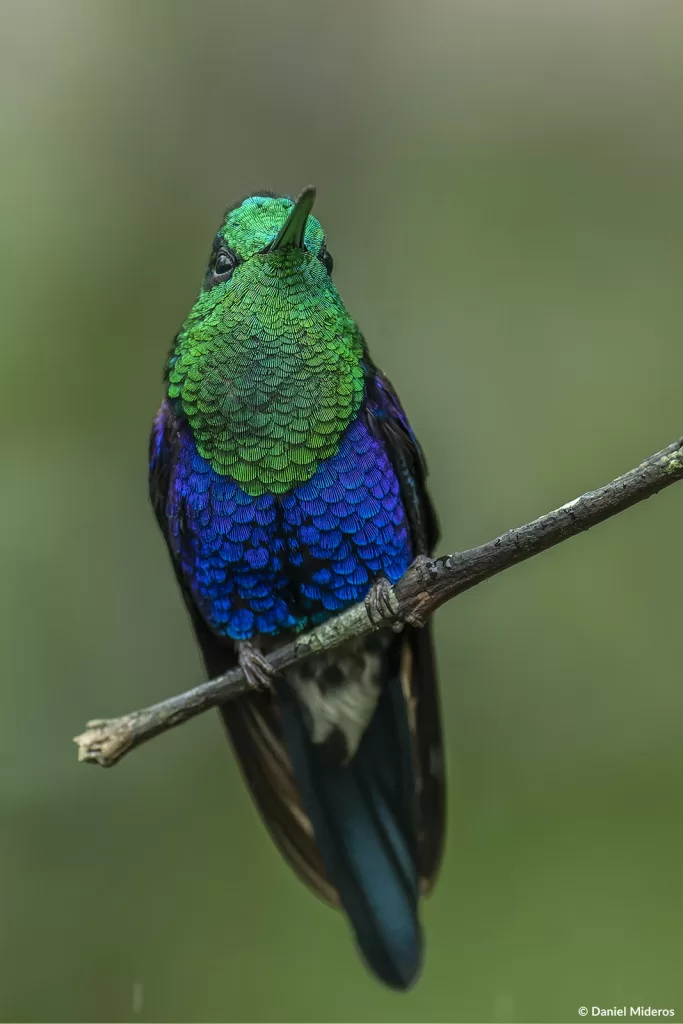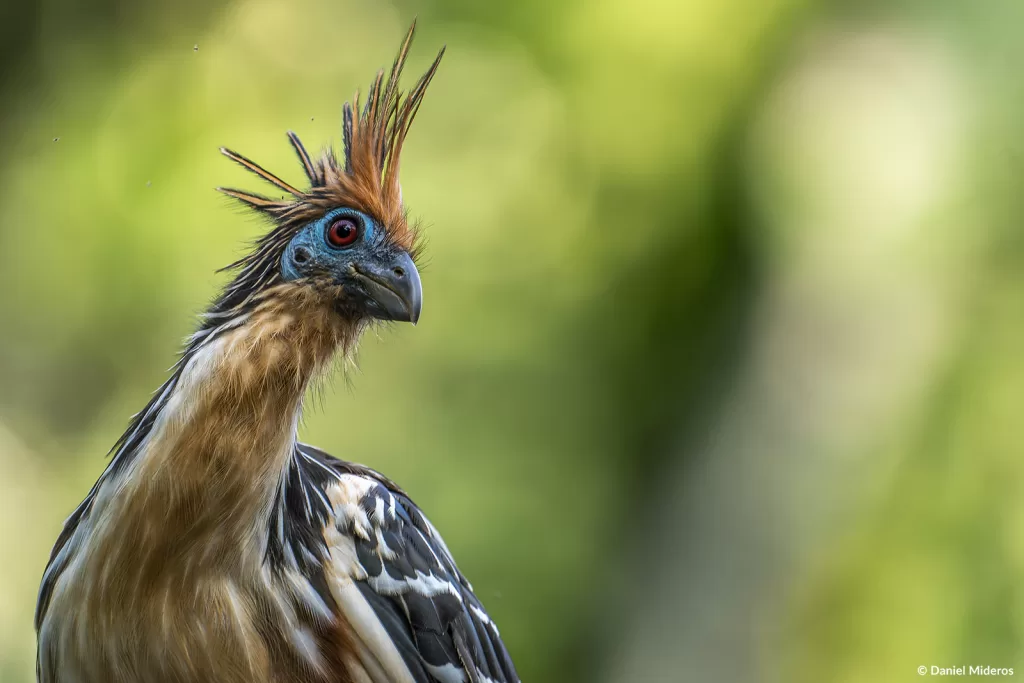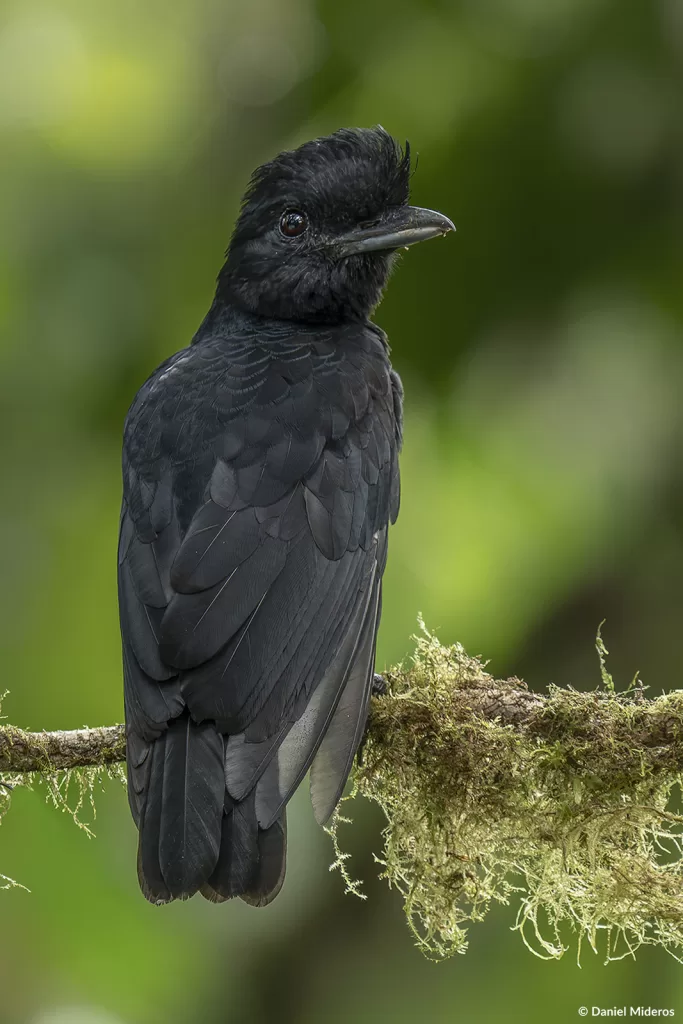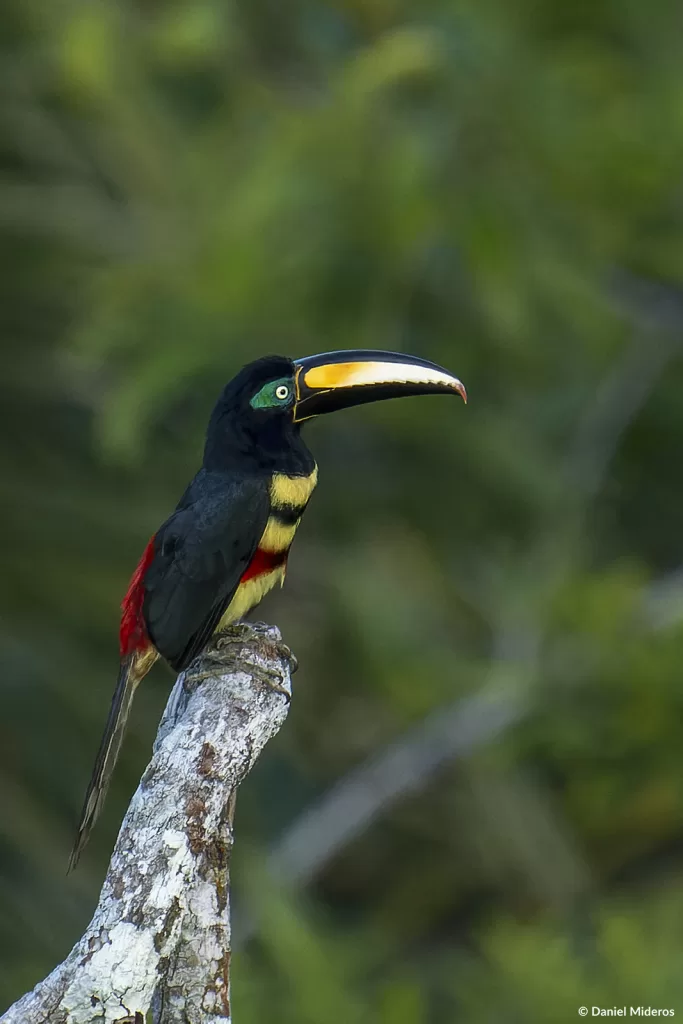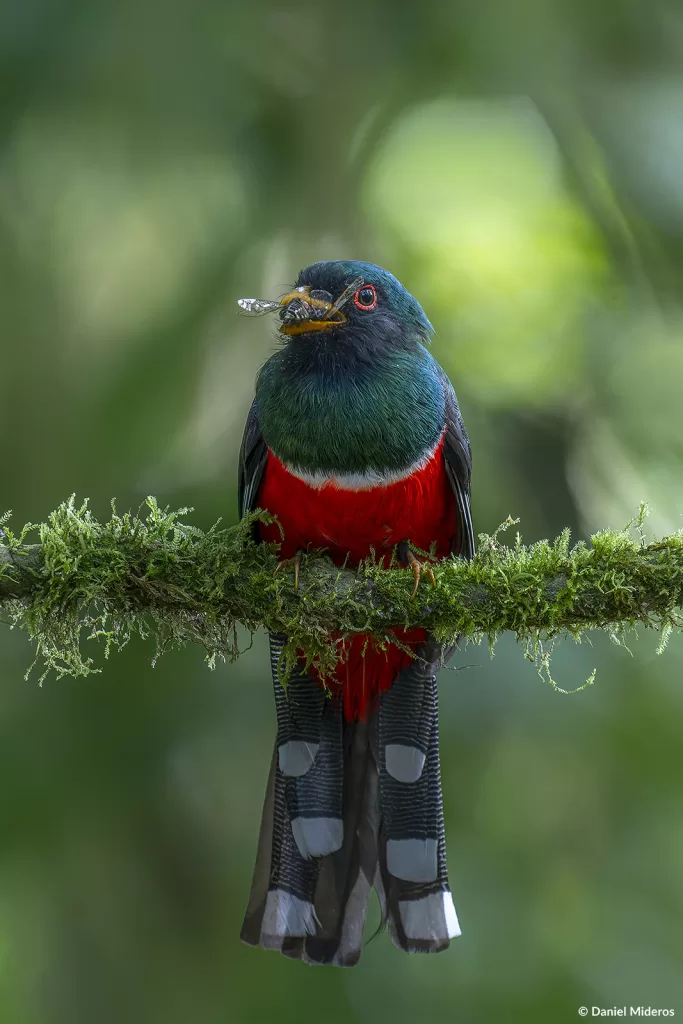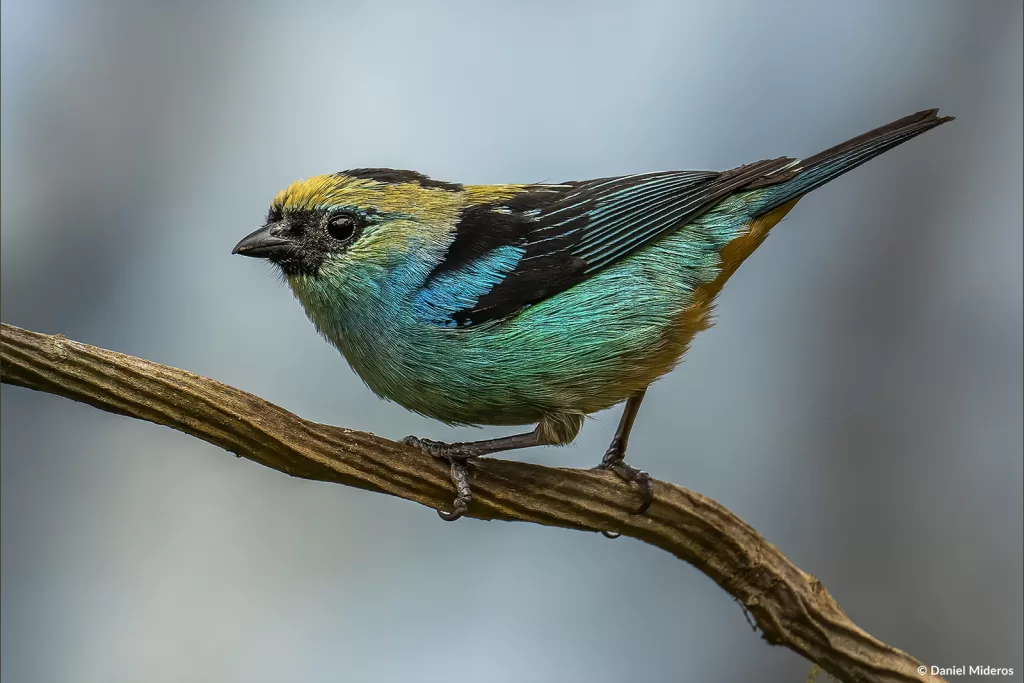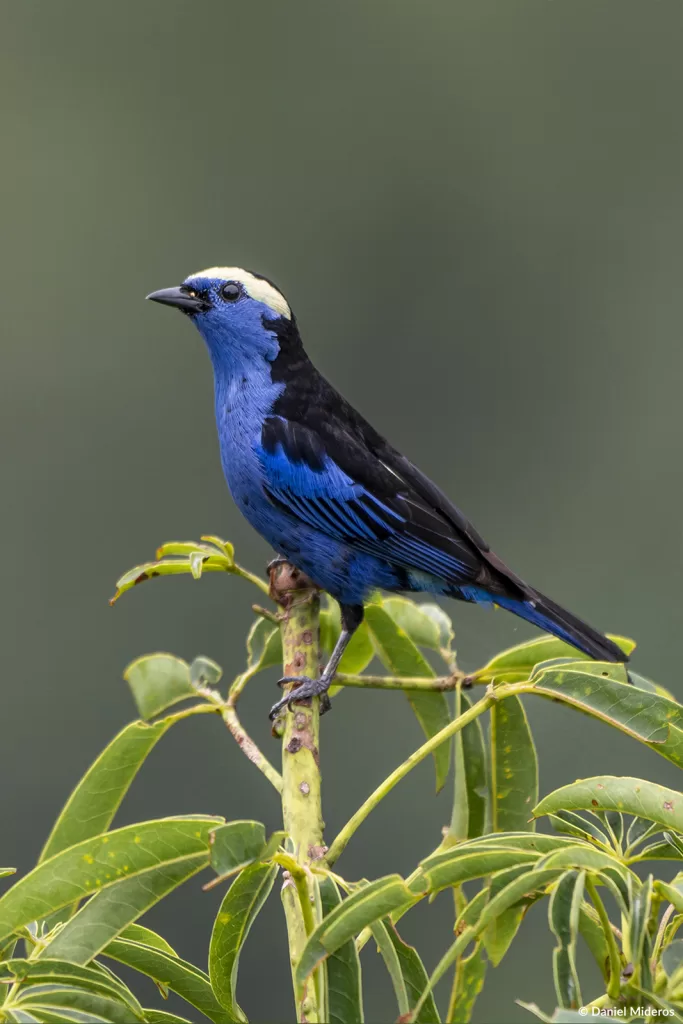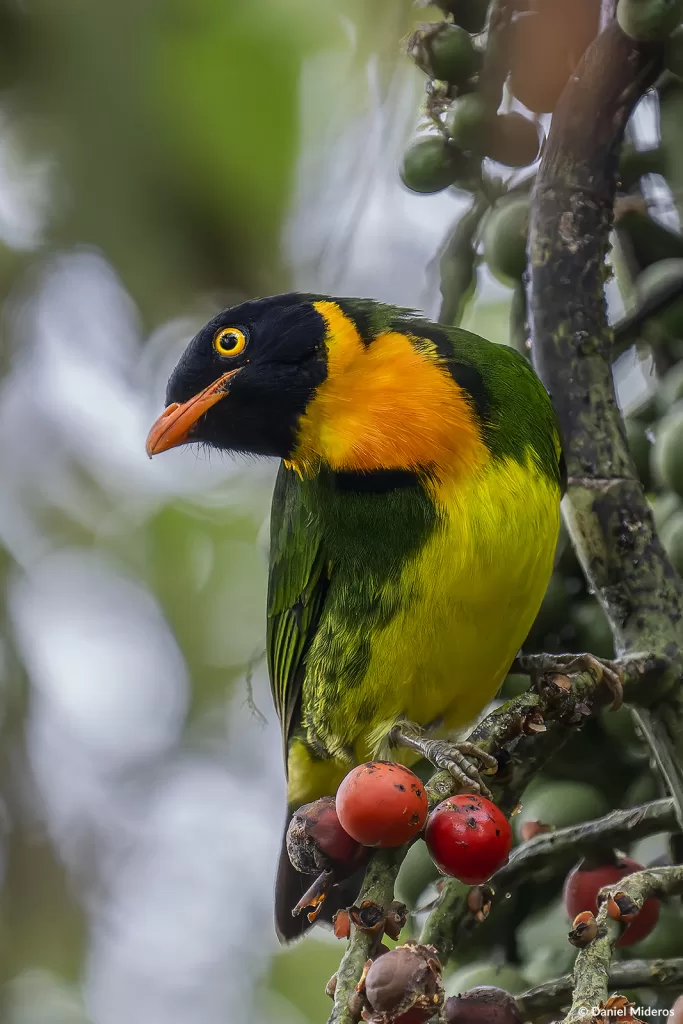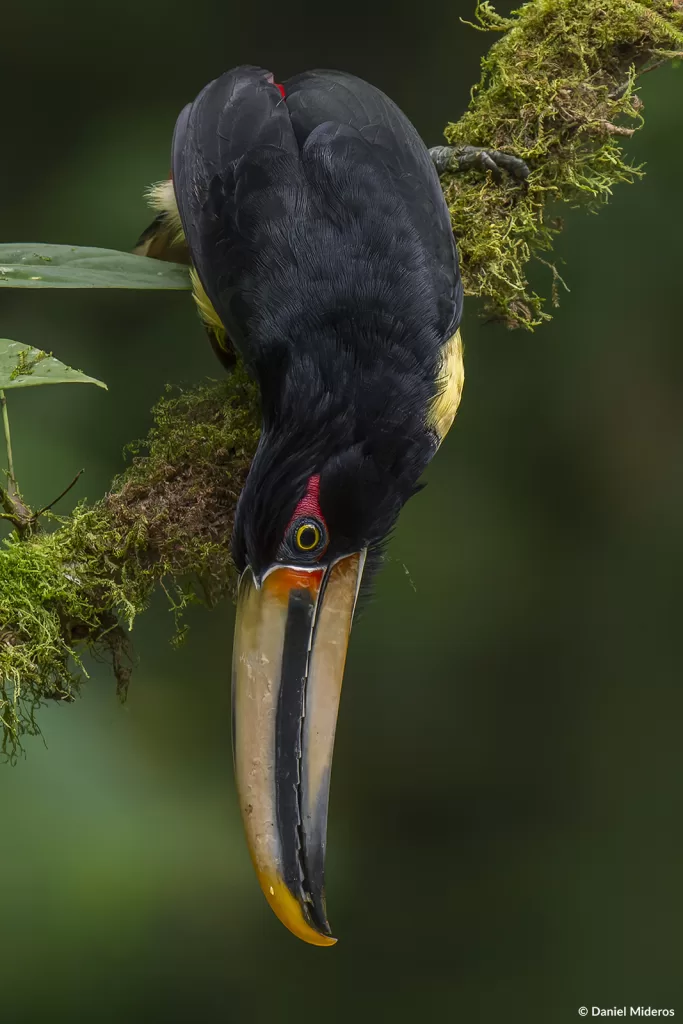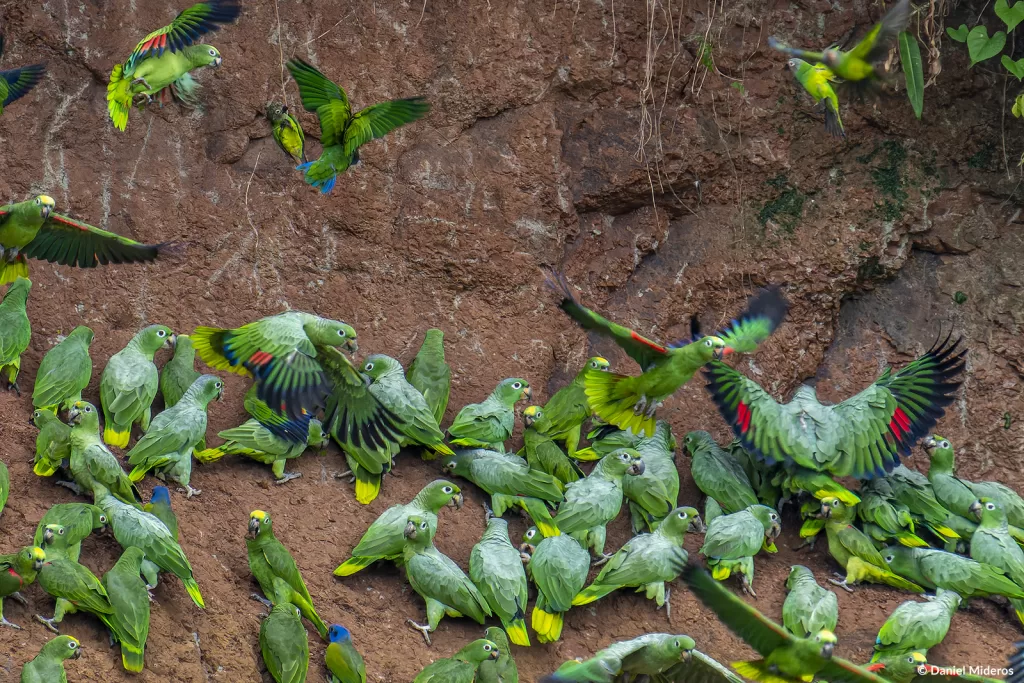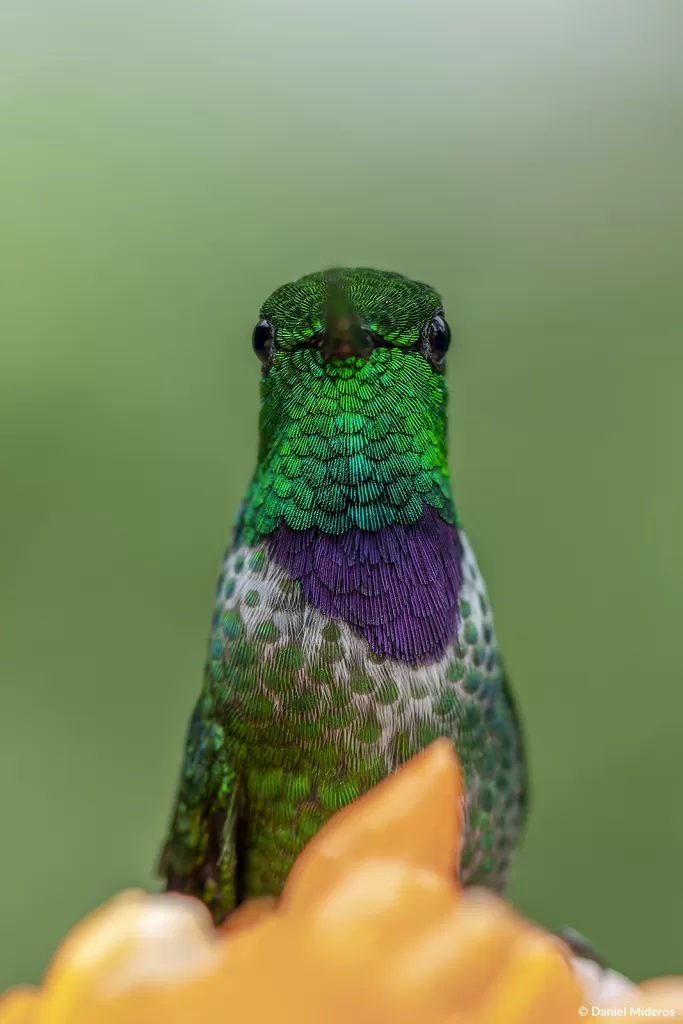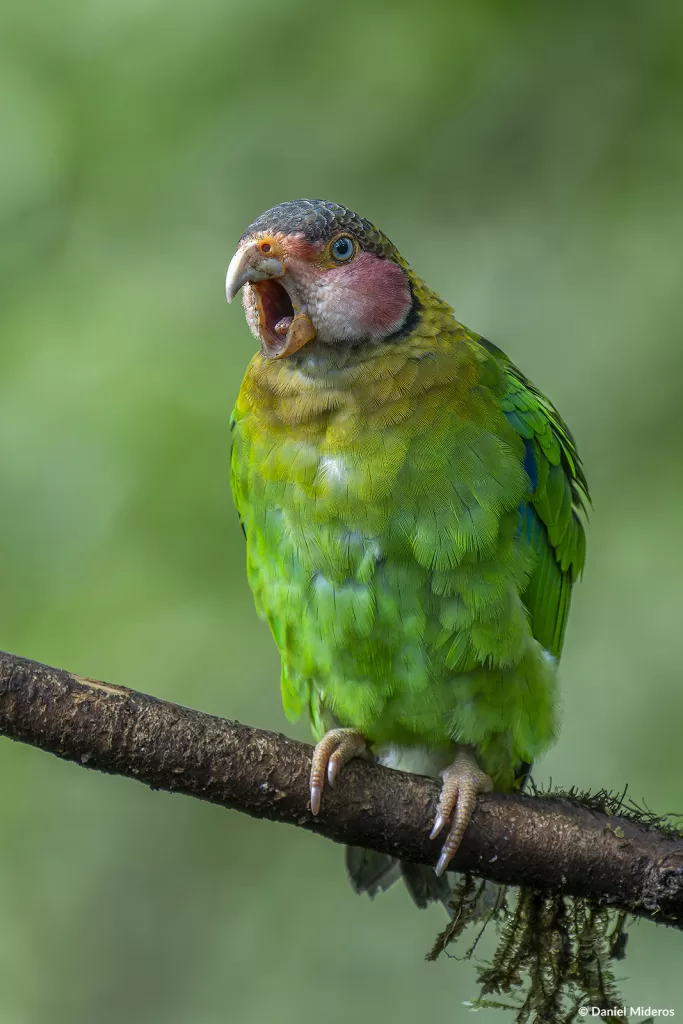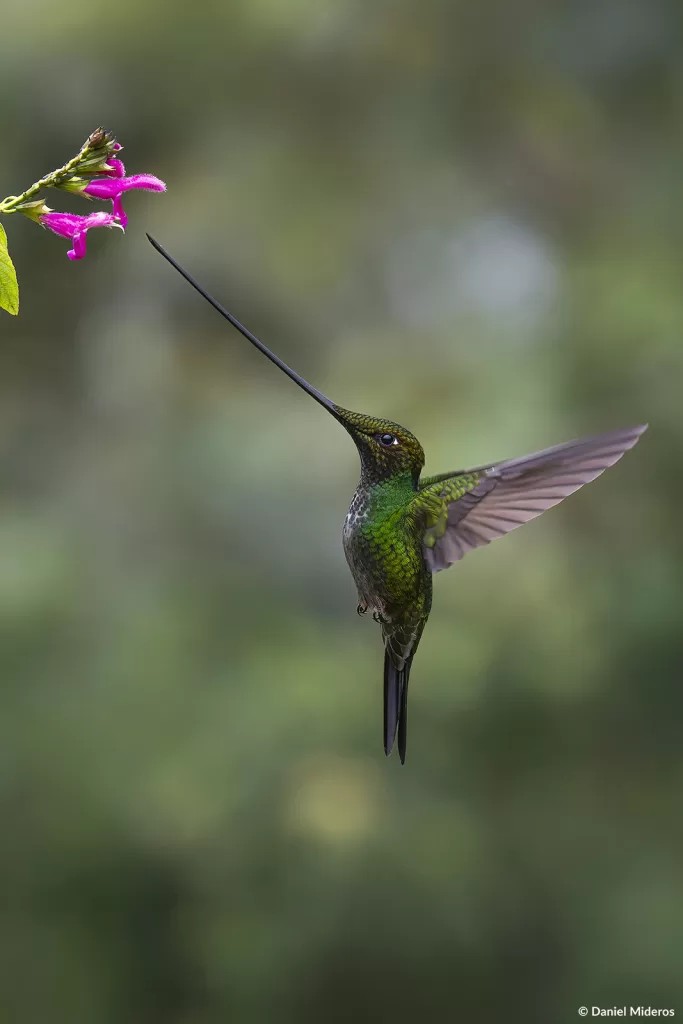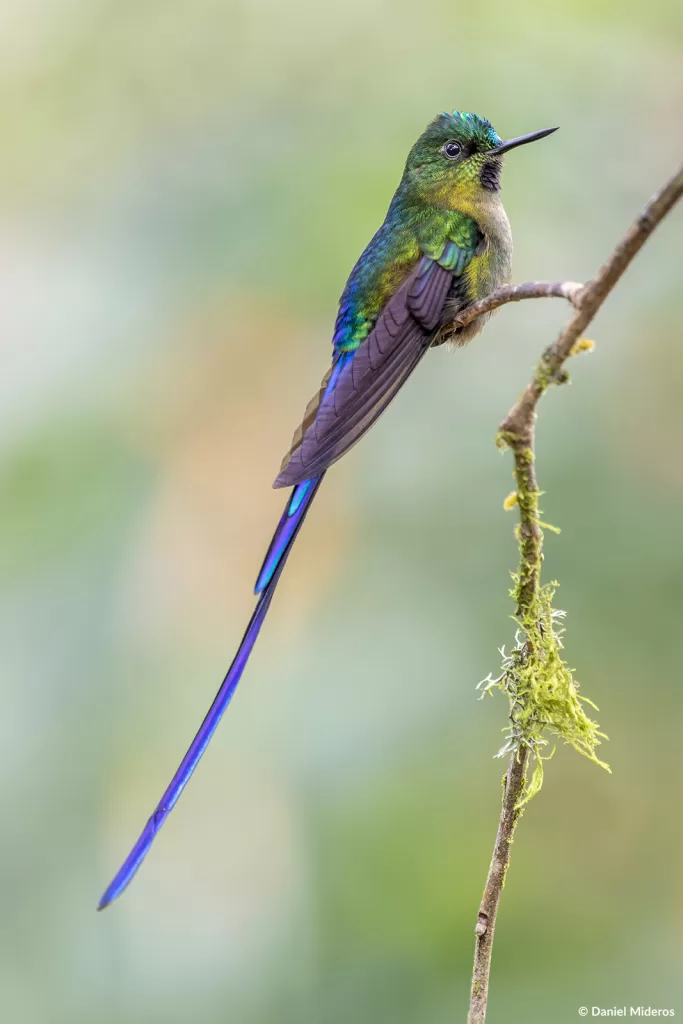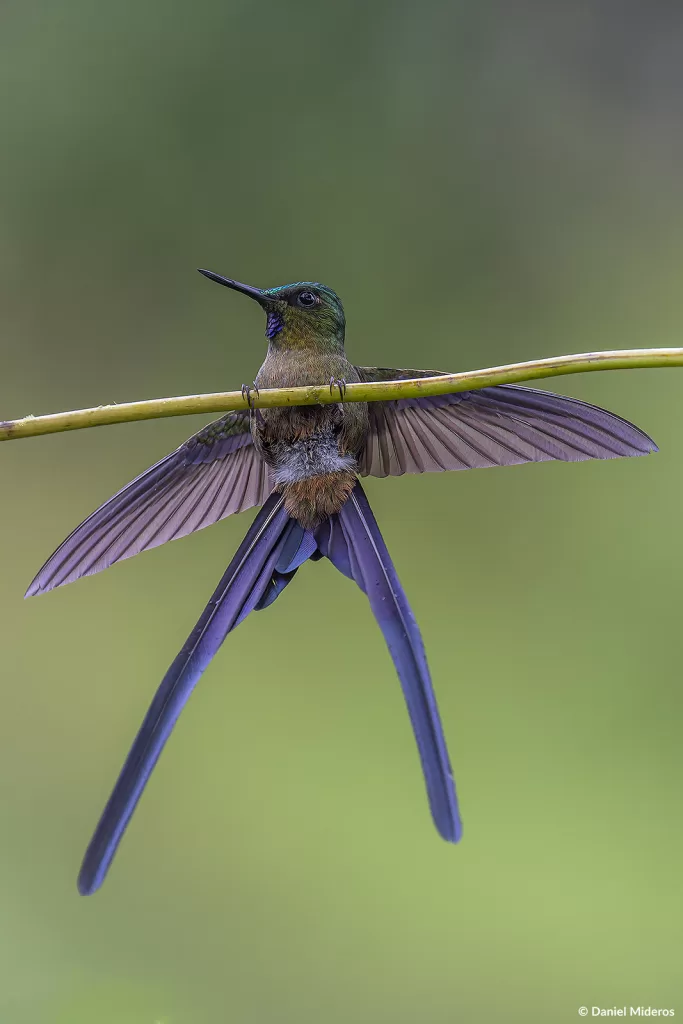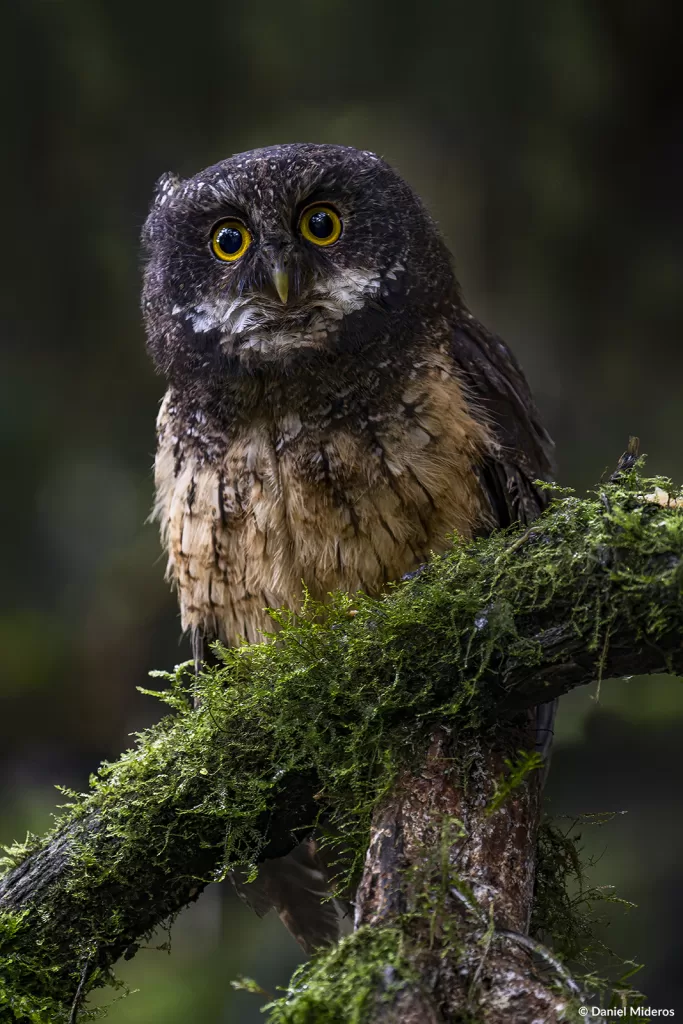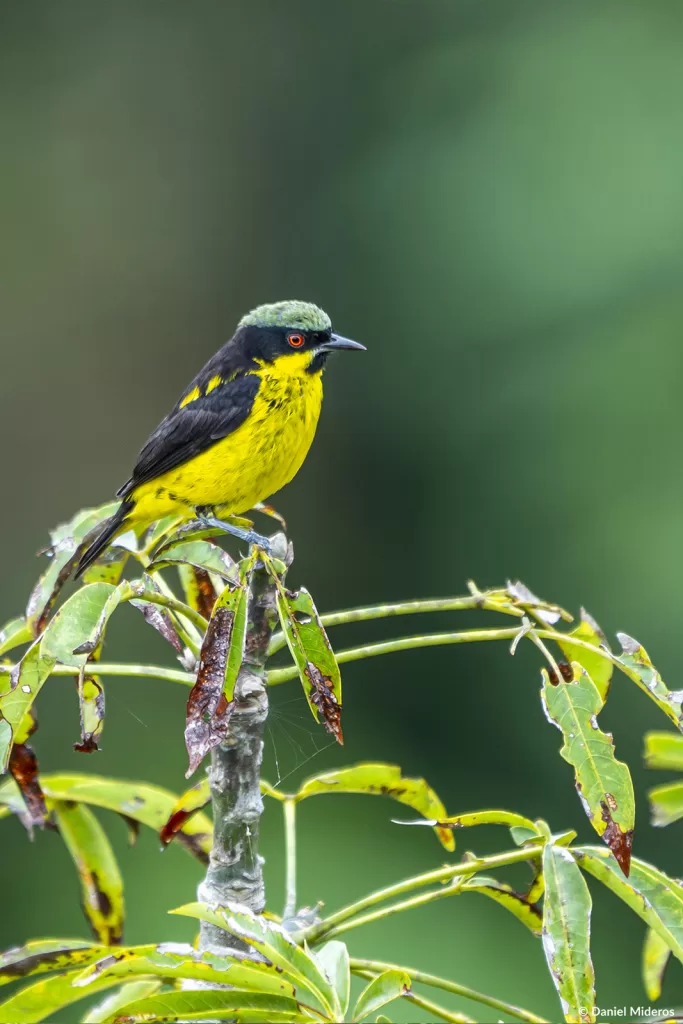Cloud Forest and Amazon
Scroll down
About the Tour
Embark on a unique 12-day adventure through Ecuador’s most biodiverse landscapes, from magical cloud forests to the lush Amazon rainforest. Capture stunning images of hummingbirds, tanagers, and the iconic Andean cock-of-the-rock while immersing yourself in nature with expert guides. Experience unforgettable moments in strategic hides, breathtaking viewpoints, and alongside local communities.
Don’t miss the chance to witness and photograph wildlife like never before. Book your spot now and join this unforgettable expedition!
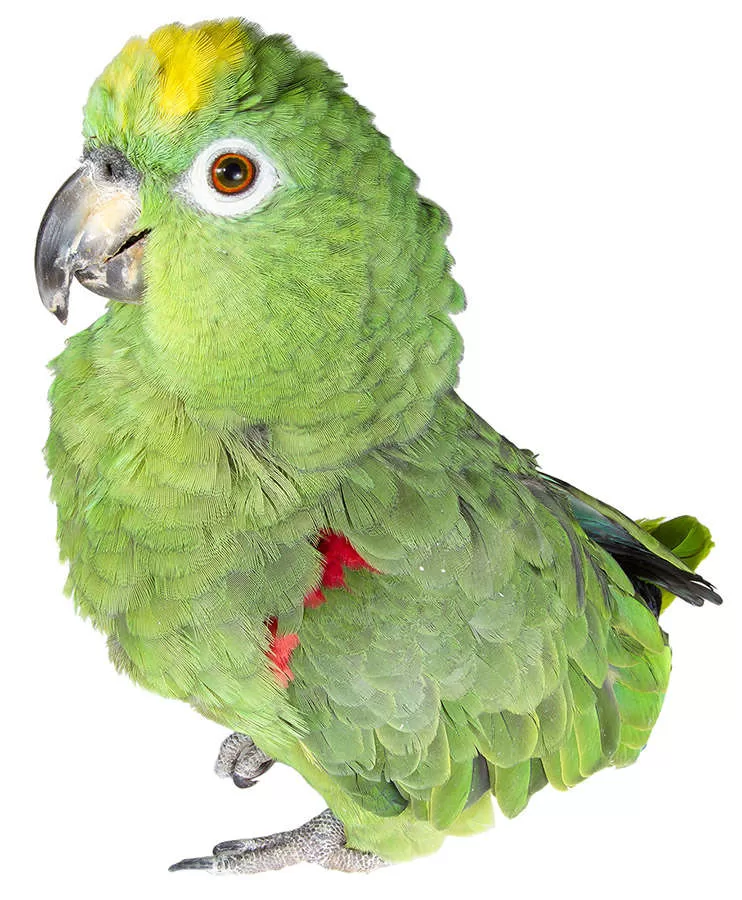
Date
All year
Activity level
Available spaces
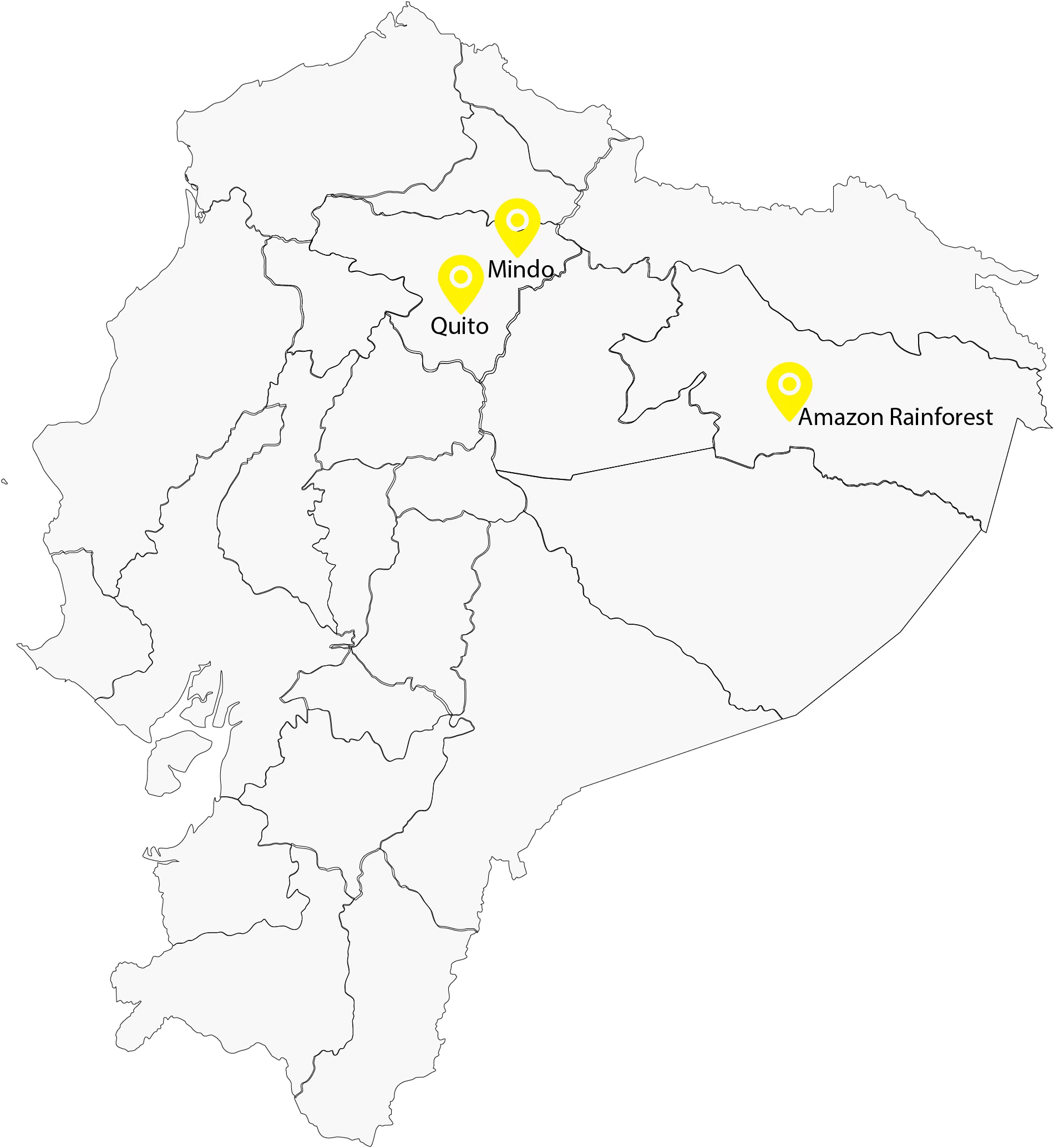
Itinerary
Day 1 | Arrival to Ecuador
Today you will arrive at our hotel located in the valley of Puembo, near to Mariscal Sucre International Airport and the capital city, Quito.
In the evening we will have a welcome dinner where we will meet all the participants, we will introduce ourselves and we will have a short meeting in which we will inform about the activities of the following days.
Hotel: San Jose de Puembo
Day 2 | Cloud Forest (Highlands)
Early in the morning (6am) we will embark on our trip to the high cloud forest area.
We will make our first stop in the parish of Nono, where we will seek, within a hide, to photograph the emblematic antpitta birds, among which are Chestnut-naped antpitta (Grallaria nuchalis), Ecuatorial antpitta (Grallaria saturata). Then we will looking for an owl that lives inside the forest, White-throated screech owl (Megascops albogularis). And of course, the air dancers, the hummingbirds, among which we have: the famous Sword-billed hummingbird (Ensifera ensifera), Mountain Velvetbreast (Lafresnaya lafresnayi, Black-tailed trainbearer (Lesbia victoriae), Sapphire-vented puffleg (Eriocnemis luciani), and around 10 more species.
If we are lucky, sometimes the Barred fruiteater (Pipreola arcuata) usually arrives.
After lunch, we will descend to the Nanegalito zone, as we will be stopping at a place with a very high diversity of hummingbirds (up to 23 species have been counted). Here, we can get very beautiful pictures of hummingbirds perched, among which we have, Purple-throated woodstar (Philodice mitchellii), Fawn-breasted brilliant (Heliodoxa rubinoides), Andean emerald (Uranomitra franciae), Sparkling violetear (Colibri coruscans), Green-crowned Woodnymph (Crowned Woodnymph), among others.
Sometimes oropendola, saltators, woodpeckers and tanagers usually arrive at the feeders. Here, our goal will be the Blue-necked tanager (Stilpnia cyanicollis), which is a spectacle of colors.
Hotel: Sachatamia Lodge
Day 3: Cloud Forest
In the morning we will go to a hiding place or “hide”, where we will look to make images of the Masked Trogon (Trogon personatus), Turquoise Jay (Cyanolyca turcosa), Differents woodcreeper.
After breakfast we will go to a reserve to photograph the colorful Plate-billed mountain toucan (Andigena laminirostris), Toucan barbet (Semnornis ramphastinus).
Additionally, this reserve is excellent for tanagers, among which we can photograph:
Flame-faced tanager (Tangara parzudakii), Golden tanager (Tangara arthus), Blue-capped tanager (Sporathraupis cyanocephala), Black-capped tanager (Stilpnia heinei), Golden-naped tanager (Chalcothraupis ruficervix), Blue-winged mountain tanager (Anisognathus somptuosus), among others.
As in the entire cloud forest, hummingbirds also have their role, here we will focus on: Empress brilliant (Heliodoxa imperatrix), Green Violet-ears (Colibri thalassinus), Gorgeted sunangel (Heliangelus strophianus). Around 7-9 species of hummingbirds can be found here.
In the afternoon, we will go to another reserve looking for the Metallic-green tanager (Tangara labradorides), Beryl-spangled tanager (Tangara nigroviridis) and the Ocellated Tapaculo (Acropternis orthonyx).
Hotel: Sachatamia Lodge
Day 4: Near Choco
After breakfast we will go to a transition zone between the Cloud Forest with the biodiverse Chocó Forest (1,700 to 750 meters above sea level), where we will look for birds such as the Glistening-greed Tanager (Chlorochrysa phoenicotis), Moss-backed tanager (Bangsia edwardsi), Black-chinned mountain tanager (Anisognathus notabilis), Orange-breasted fruiteater (Pipreola jucunda), Golden-collared Honeycreeper (Iridophanes pulcherrimus), Crimson-rumped toucanet (Aulacorhynchus haematopygus), Rose-faced Parrot (Pyrilia pulchra), among others
After lunch we will looking for one of the most iconic birds of the cloud forest and the world, the Cock-of-the-rock (Rupicola peruviana). The males concentrate in places called „Lek”, where, in a duel of songs and dances, they court the females.
Hotel: Sachatamia Lodge
Day 5: Hide Sachatamia and Fruty tour
In the morning we will go to a hiding place or “hide”, where we will look to make images of the Masked Trogon (Trogon personatus), Rufous motmot (Baryphthengus martii), sometimes it usually comes the female of famous Long-wattled umbrellabird (cephalopterus penduliger).
Another option is do multiflash. Thanks to its different colors, sizes and shapes; Hummingbirds have become one of the most appreciated bird species by wildlife photographers, these air acrobats are able to move their wings at a speed of between 55 and 70 times per second and back off in flight.
Using the multi-flash technique we can achieve amazing and creative images of these winged dancers.After breakfast we will go to a reserve to photograph two species of wood peckers, Black-cheeked Woodpecker (Melanerpes pucherani), Golden-olive woodpecker (Colaptes rubiginosus), other tanagers, lowland hummingbirds like Violet-bellied hummingbird (Chlorestes julie), black-throated mango (Anthracothorax nigricollis), and one of the most special, long-billed starthroat (Heliomaster longirostris)
Hotel: Sachatamia Lodge
Day 6 | Tucans and Quito
After breakfast, we will go to another place where we will take our last photographs of the Cloud Forest and its beautiful species, we will be able to observe the Pale-mandibled Aracari (Pteroglossus erythropygius), Choco toucan (Ramphastos brevis), Yellow-throated Toucan (Ramphastos ambiguous), Green honeycreeper (Chlorophanes spiza), Red-headed barbet (Eubucco bourcierii).
Once we finish our photos, we will start our trip to the capital of the country, Quito.
*On the way we will make a stop to photograph white-bellied woodstar (Chaetocercus mulsant)
Hotel: San Jose de Puembo
Day 7 | Andes
We start the day from Quito to the Antisana Ecological Reserve.
Already in the heart of the park, our objective will be to photograph the Carunculated Caracara (Phalcoboenus carunculatus), nice raptors with colorful faces and mottled vest. Also the Bandurrias or Black-faced Ibis (Theristicus melanopis), very long-beaked birds that, unlike Caracara, are not as friendly to humans.
In this area is the Giant Hummingbird (Patagona gigas), the largest in the world! Also the Black-tailed Trainbearer (Lesbia victoriae), Sparkling Violetear (Colibrí coruscans), among others.
If we are lucky, we can see the Andean Condor (Vultur gryphus) flying over the valleys.
And if the season is ok, Ecuadorian Hillstar (Orotrochirus chiborazo)
Once this tour is over, we will come back to Quito.
Hotel: San José de Puembo
Day 8 | To Amazon Rainforest
We will fly for about 45 minutes from Quito to Coca (Francisco de Orellana), piercing through the oriental Andean mountain range.
In Coca, we will board on comfortable covered canoes. We will navigate for about two and a half hours, admiring the beautiful view and occasional animals of the basin of the Napo river, as well as enjoying a delicious snack. Later, we will disembark from our motorized canoes and board quillas, which are smaller canoes made from tree trunks and skillfully maneuvered by our local guides. Rowing prevents us from scaring the animals, and therefore we will be able to appreciate them up close.
Once we arrive to the majestic Añangucocha lake, our lodge will finally be visible. After we disembark, our hosts will welcome us with refreshing drinks and then guide us to the comfort of our cabins.
In the afternoon we will go to the observation tower to photograph the sunset, in addition to some species of toucans, like White-throated Toucan (Ramphastos tucanus), Black-faced dacnis (Dacnis lineata), Turquoise tanager (Tangara mexicana), Many-banded araçari (Pteroglossus pluricinctus), among others.
Hotel: Napo Cultural Center
Day 9 and 10 | Amazon Rainforest
With the sun rising on the horizon, we will get ready to travel towards the parrot clay lick; a place where our cameras will witness one of the most beautifully colorful natural performances of the Amazon. With silence and patience we will await for dozens of parrots of varying species to descend upon the ground for the first meal of the day.
In these strategic spots we will be able to observe about 11 species of parrots and parakeets and, during certain seasons, we may even identify Scarlet macaw (Ara macao).
In the afternoon, we will look for birds along the flooded channel. Additionally, with a little luck, we can see giant otters and black caiman.
At the end of the day we will be able to appreciate the spectacular view of the sunset from the hotel tower.
Hotel: Napo Cultural Center
Day 11 | Back to Quito
We will depart from the hotel early in the morning, navigating through the black river until we arrive to the junction with the Napo river. On our returning journey, there is a possibility we may encounter otters, monkeys and exotic birds. When we arrive to the port, we recommend using the restroom before embarking on our canoe, since our trip will be two hours long.
Our return flight from Coca to Quito will be announced according to the itinerary arranged by the airline.
Hotel: San José de Puembo
Day 12 | Back to Home
Eleven fascinating and amusing days will be saved in photographs. These will serve as evidence of our time together in a place where biodiversity has no limits.
It is time to say, “see you soon.” We trust that we will be able to share another adventure together.
After a comfortable rest and a delicious breakfast we are ready to return to our homes.
Featured sightings
Included
- All meals tour (start with breakfast of day 2, and end with breakfast, of day 12)
- Expert photography guide
- Double accommodation to share
- Private vehicle
- Reserves fees (around 10)
- Multi-flash Equipment
- Fluvial transport
- Private canoe
- Air ticket Quito – Coca – Quito
Not included
- Additional nights
- Day 1, meals in San José de Puembo
- International air tickets
- Alcoholic beverages, bottled water and snacks
- Laundry service
- Personal expenses
- Any other service not specified in the document
- Tips
General tips
To ensure a better experience, it’s important to keep in mind some key factors that will make your stay in Ecuador more enjoyable:
- If you like bringing back souvenirs, we recommend carrying extra money to purchase items in the various locations we will visit (Ecuador’s currency is the US dollar). It’s advisable to carry small bills or coins, as most places do not accept $50 or $100 bills.
- In tropical areas, there are mosquitoes, so insect repellent is essential.
- Sunscreen.
- Hat or cap.
- Flashlight (preferably a headlamp).
- Fabric bag to store wet clothes.
- Water bottle.
Photographic equipment
As photographers, we know how challenging it can be to decide what gear to bring on trips—we always want to pack everything to make the most of the experience. Below are our recommendations for what equipment to bring:
- Long lens (range 200 – 600 mm).
- Rain cover for your equipment.
- Tripod.
- Diffusers.
- Batteries.
- Battery charger.
- Cleaning kit.
- Plug adapter for international chargers (Ecuador uses Type A and Type B plugs with 110V).
Clothing
Mindo Cloud Forest
Mindo, located between 1,200 and 1,800 meters (3,900–5,900 feet) above sea level, has a cool and humid climate. Temperatures range from 15°C to 25°C (59°F to 77°F), with a high probability of rain, especially in the afternoons. Bring waterproof clothing or a good poncho, along with comfortable, non-slip shoes for walking on slippery trails. A light jacket may also be useful for cool mornings and evenings.
Amazon Region
The Amazon region is warm and humid, with temperatures ranging between 23°C and 30°C (73°F to 86°F). We recommend bringing long pants, long-sleeved shirts or lightweight tops that help with breathability while keeping pesky mosquitoes at bay.
tour leader
He graduated in advertising career at the San Francisco de Quito University.
He worked on his career until 2017, since then he made the decision to live from his passion, nature photography. In the same year he started his own business, Photo Wildlife Tours, in which it is dedicated to wildlife photography tours, and conservation. In addition to other audiovisual projects.
In the year 2022 he became the first Ecuadorian to win a category of Wildlife Photographer of the Year, “Animals in their environment”.
Do you need more information?
- 593 98 904 9567
- [email protected]
- Quito - Ecuador

